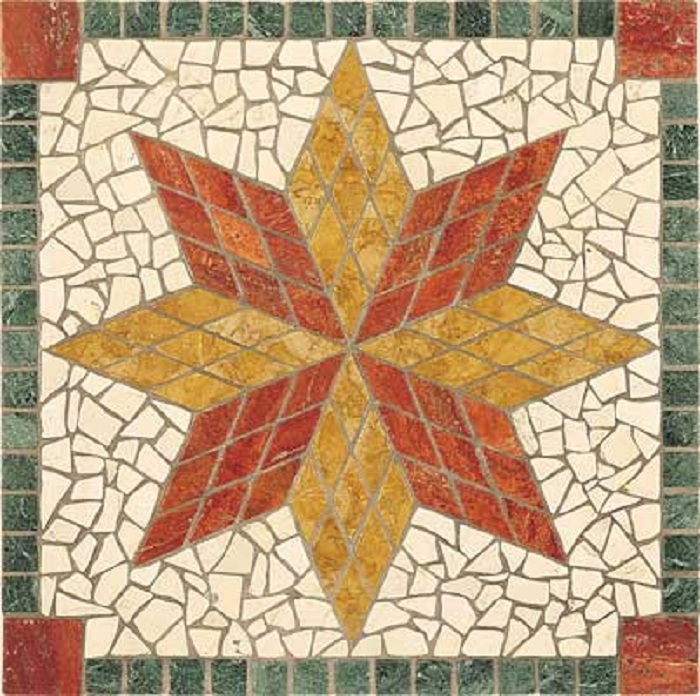Seventy thousand tons of stone waste production in Mahallat city

The director of recycling tailings and mines in Mahalat and Shahnimur, referring to the daily production of seventy thousand tons of stone waste, said: "The plan to use the stone in all parts of Iran should be introduced and welcomed because it will create a great employment."
According to Iran's International Stone Exhibition, Mojtaba Jalali pointed to the weaknesses of the stone sector: The first time I entered the stone industry, I saw several weaknesses in this area, one of which was less people's use of stone if they accepted the stone. .
He added: "This problem is related to the performance of the stone industry and the craftsmen who have not been able to supply the stone to the people's will."
The director of recycling tailings and mines in Mahallat-e Nimour said: The first weakness in the stone industry's performance was that the cuts were incorrect and for the first time we brought curved cuts with various tools into the stone table instead of the cement table.
"There is a problem with mining," said Jalali, referring to the production of stone tailings. "The problem is that when a stone has no place for consumption, for example, it is not self-porous or porous, it is called a tailing, while the stone is a mineral.
He said: The stone table did not need to be as beautiful as the stone facade, and it was made of the type of gravestones of the type of gravestones.
The director of recycling and quarrying in the neighborhoods of Mahalat and Nimur continued: "Some of the rocks, such as plaque sides and bottom carriages, are derived from stone cutting and are used as antique stones.
Jalali pointed out that some of the tailings stones are used as aggregate stones, another is the mudstone problem that today is a concern throughout Iran and unfortunately produces 70,000 tons daily.
He said: To carry this amount of mud, it would require seven thousand trucks, which would create jobs for the two hundred and twenty thousand people directly, even though the environment would not be polluted.
Director of Recycling Tailings and Mines of Neighborhoods and Neymour said: "Deposits of seventy thousand tons of space approximately thirty-five thousand cubic meters is required. Elite students of science and industry, housing research under the supervision of Iranian inventor Yousef Zand prepared twelve products of this stone. .
He added: Light concrete, light brick, calcium phosphate, poultry feed, hydrated lime, micronized lime and building lime are among the products obtained from stone mud.
"We have had a partnership offer from foreign companies such as Maun Hoff from Germany, which manufactures tools such as scaffolding, and the company claims to have sold diamonds to Iran for seventy years and with this partnership wants to return its diamonds because it's worth it," he said. The top of the flower is known as stone.
He said: "All provinces of Iran have welcomed our products, especially as our products are used where the general public enjoys them and our job is to make park furniture.
Jalali continued: "We have a lot of problems and we carry all the responsibilities alone. We are moving towards seventy peaks. Unfortunately, our plan is invented and not yet cultured so our colleagues do not cooperate with us because they have not yet come to believe that Useful rock waste can be useful.
Director of Recycling of Stone Scrap and Mines stated: I wish to introduce and utilize stone sculpture plan in all of Iran. This will create great employment and prevent thirty five thousand square meters of depot stone scrap daily.
He added: Land has been allocated for the implementation of this plan and I have been trying to deliver it for six years and after its delivery they have set a six-month deadline that will reclaim the land if no special operations are carried out.
Jalali pointed out that in order to implement my plan, I need the authorities to provide facilities, but they refuse to pay for it, and I have proposed to the government to implement the project on condition that it be implemented.
He said: "With the implementation of the plan, it will create employment for two hundred and fifty thousand people. The environment is talking about waste management, but is it not important to lose thirty-five thousand square meters of environmental space every day?"
The director of recycling tailings and mines said: "We need a research center to use scrap and now a research team consisting of graduates of inorganic chemistry, elite associations and the government is conducting research on tailings."
He added: Rock scraps are just wasted as waste scraps while they are pure scrap, due to some disruptions, the bankrupt servant company has not received more than eighteen billion riyals.
Jalali continued: I lost one of my eyes in light concrete testing in stone mud, and I have spent six years researching and recycling stone mud, all of them have tailings and because there is so much stone in Iran, Waste.
The director of recycling of waste tailings and mines stated: The cycle of excavation in Iran is as high as long, long for forging while in other countries they have a device instead of forging that converts the stone into small pieces and used for decoration.
He said: I have been working in the stone industry for twenty-seven years and my decorative work is exported from Jolfa to neighboring countries, furniture and stone decoration between the shrine in Karbala and the courtyard of Prophet Zahra.
* Tasnim










